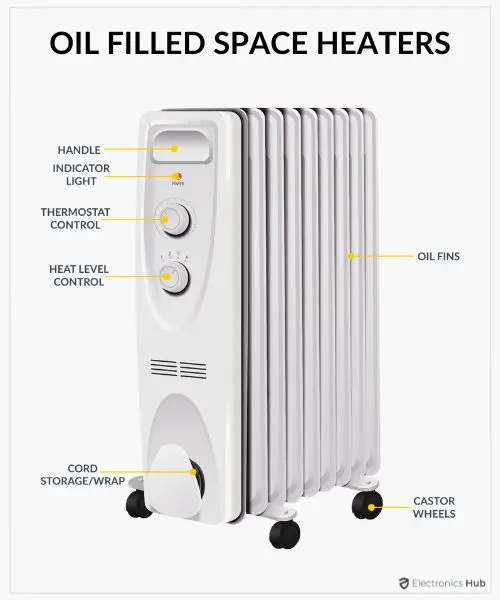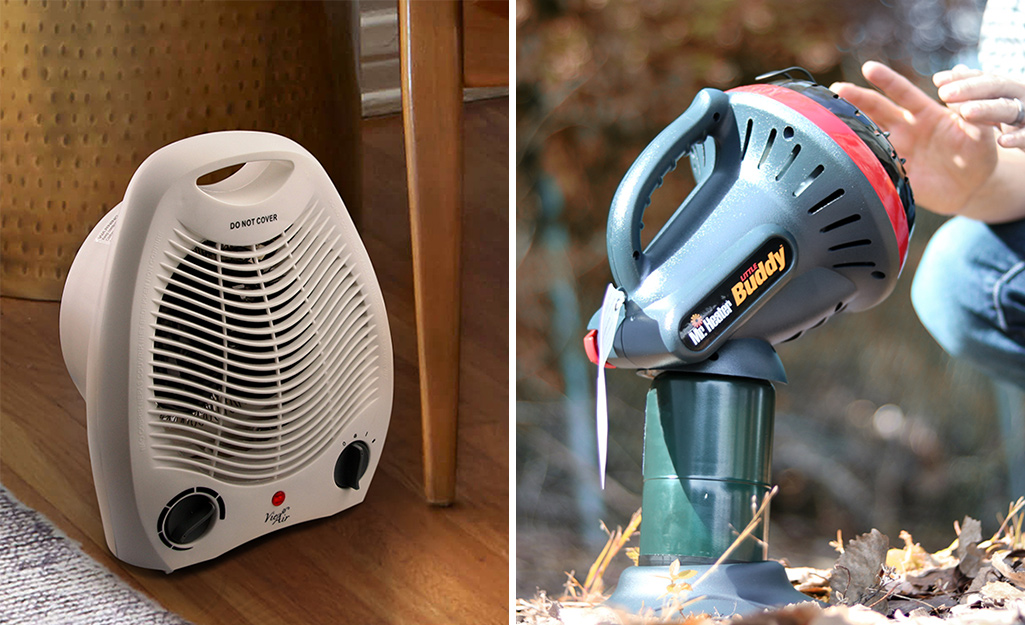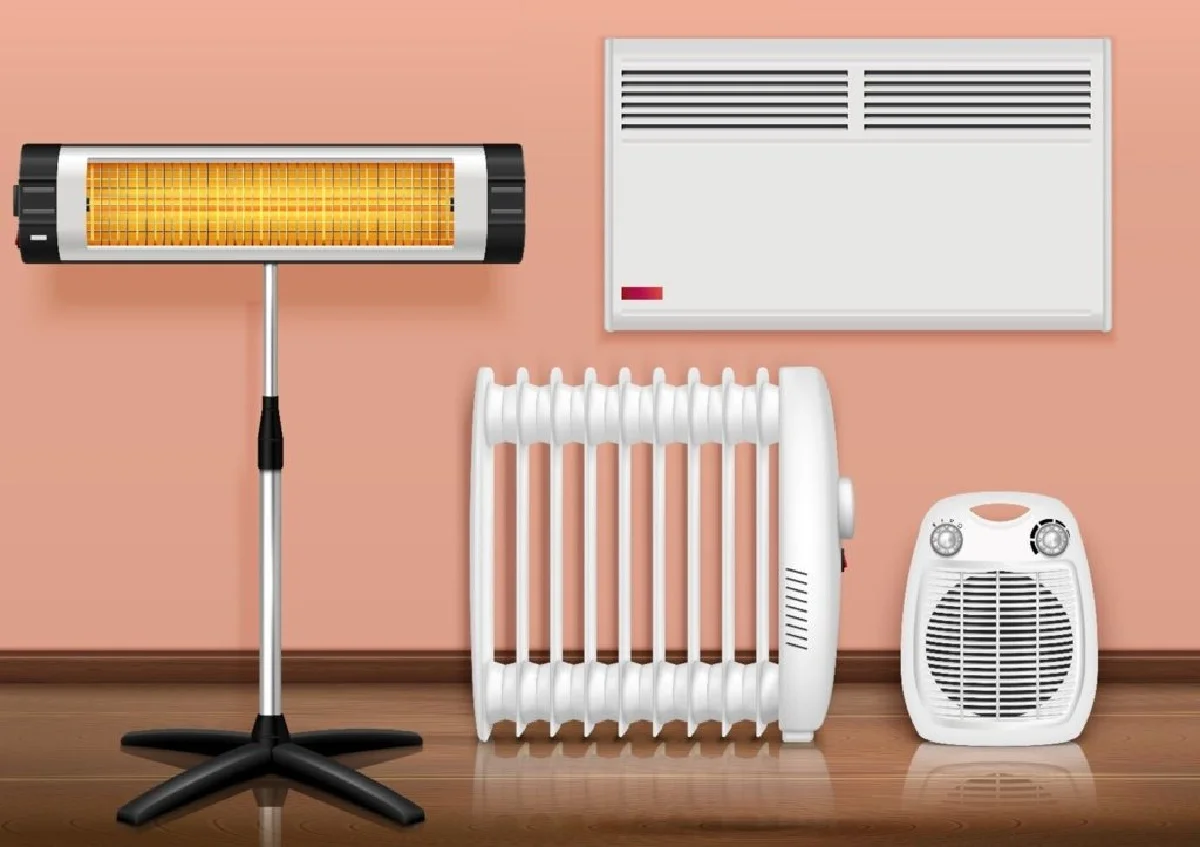About 1 Source Portable Air
Not known Facts About 1 Source Portable Air
Table of ContentsNot known Incorrect Statements About 1 Source Portable Air The Of 1 Source Portable AirThe Main Principles Of 1 Source Portable Air 1 Source Portable Air Fundamentals ExplainedHow 1 Source Portable Air can Save You Time, Stress, and Money.
Running costs are based on an electrical power rate of 40c/kWh. The costs for 3 months' use in winter season are based upon 500 hours make use of, or roughly 6 hours daily for three months. Maximum warmth outcome is based upon the optimum electrical power of the models we've checked (we concentrate on higher wattage heating systems).
On standard, tiny follower heating systems are much less pricey to acquire, but can have higher running costs. Oil column heaters will be the most affordable on the market to run (on standard) yet only by a narrow margin in advance of convection heating systems (like panel and micathermic panels).
About 1 Source Portable Air
If you have a relatively easy to fix ceiling fan, it'll aid disperse the warmth around the room extra evenly. A number of expensive heaters have fallen short to thrill our testers, while some less costly models make for surprisingly good buys.
As the name recommends, they radiate heat from a heated heating component (so the family will have to take turns sitting in front of it). Glowing heating systems are relatively economical.
The relatively exposed burner can be a fire and security threat. A piece of garments went down over it might stir up, or tiny youngsters playing around a floor design might melt themselves, so be cautious. Glowing heaters generally cost between $20 and $200. Oil-filled column heating systems don't in fact melt oil they make use of electricity to heat the oil that's secured inside their columns or 'fins'.
An Unbiased View of 1 Source Portable Air
Some column heaters aren't also oil-filled but instead make use of various other material or heating innovation to work the same method - 1 Source Portable Air. The risk of fire with an oil column heating unit is reduced compared to other heating system types, but never no. Oil heating systems don't have exposed elements like radiant heaters do, and their surface area temperature level is less than lots of various other heating unit kinds (their large surface area makes up for it)
Oil column heating units won't blow up, and while they don't melt their oil to create warm, it's still combustible, so there is a fire risk if the oil leakages, if the heater topple and leaks, or if combustible objects or material enter into call or fall on the heating system. You must exercise Resources the same degree of care with oil heaters when it comes to various other heating unit types, and never ever hang towels or clothing over one to dry them use a drying shelf instead, a minimum of one metre away.
Column heaters are especially beneficial in areas where they'll be activated for lengthy periods of time or where they'll operate neglected, such as over night in a bed room. The surface areas you're most likely to touch on a column heater don't get as hot as other their explanation kinds of electrical heating systems. You can utilize a ceiling follower on really low speed to assist the column heater to disperse the warmth quicker and more evenly.
Oil-filled column heaters usually cost in between $50 and $450. Convection and panel heating systems attract cool air over an electrical home heating aspect.
1 Source Portable Air Things To Know Before You Get This

Convection and panel heating systems are much more portable than their oil-filled column heating system equivalents since they're dramatically lighter. Like a column heating unit, you can make use of a ceiling follower on really low speed to distribute the warm much faster and extra uniformly.

Indicators on 1 Source Portable Air You Should Know
Follower heating systems are frequently smaller and a lot more mobile than various other electric heating systems. They also are available in the type of tower fan heating systems, which can be much better for dispersing warmth around bigger rooms as a result of their taller profile. They can heat up the air in a space a lot more quickly, uniformly and swiftly than some various other heating system kinds.
They can be quite loud with the follower on complete power, however are normally sensibly silent at reduced follower rates. Fan heaters (ceramic or otherwise) typically price in between $60 and $900. Ceramic follower heating units aren't necessarily any different in rate to non-ceramic versions. A fairly recent entrant right into the customer market, infrared heating units heat up the area like the sunlight heats your face (without the UV rays so no danger of skin cancer cells). 1 Source Portable Air.